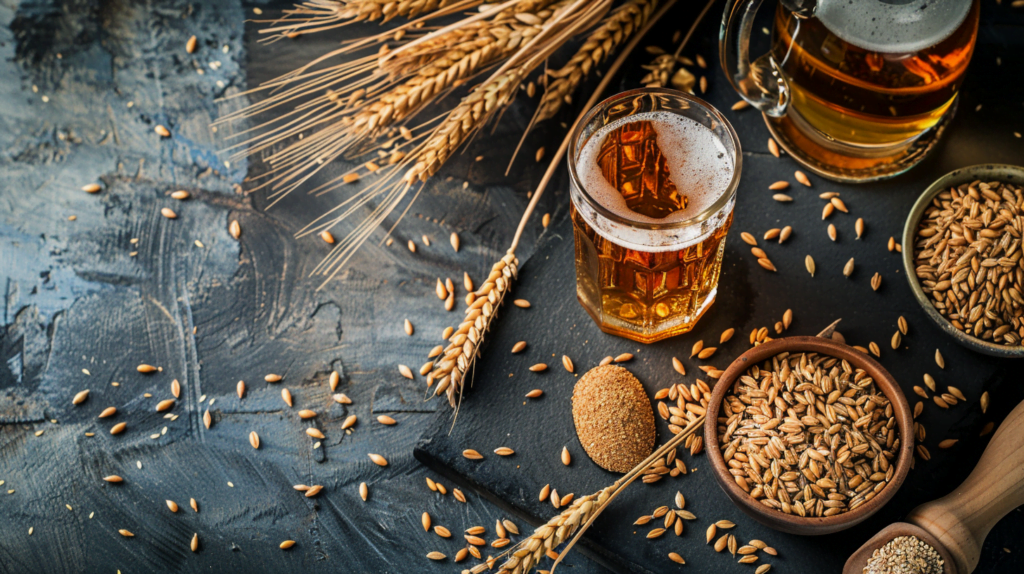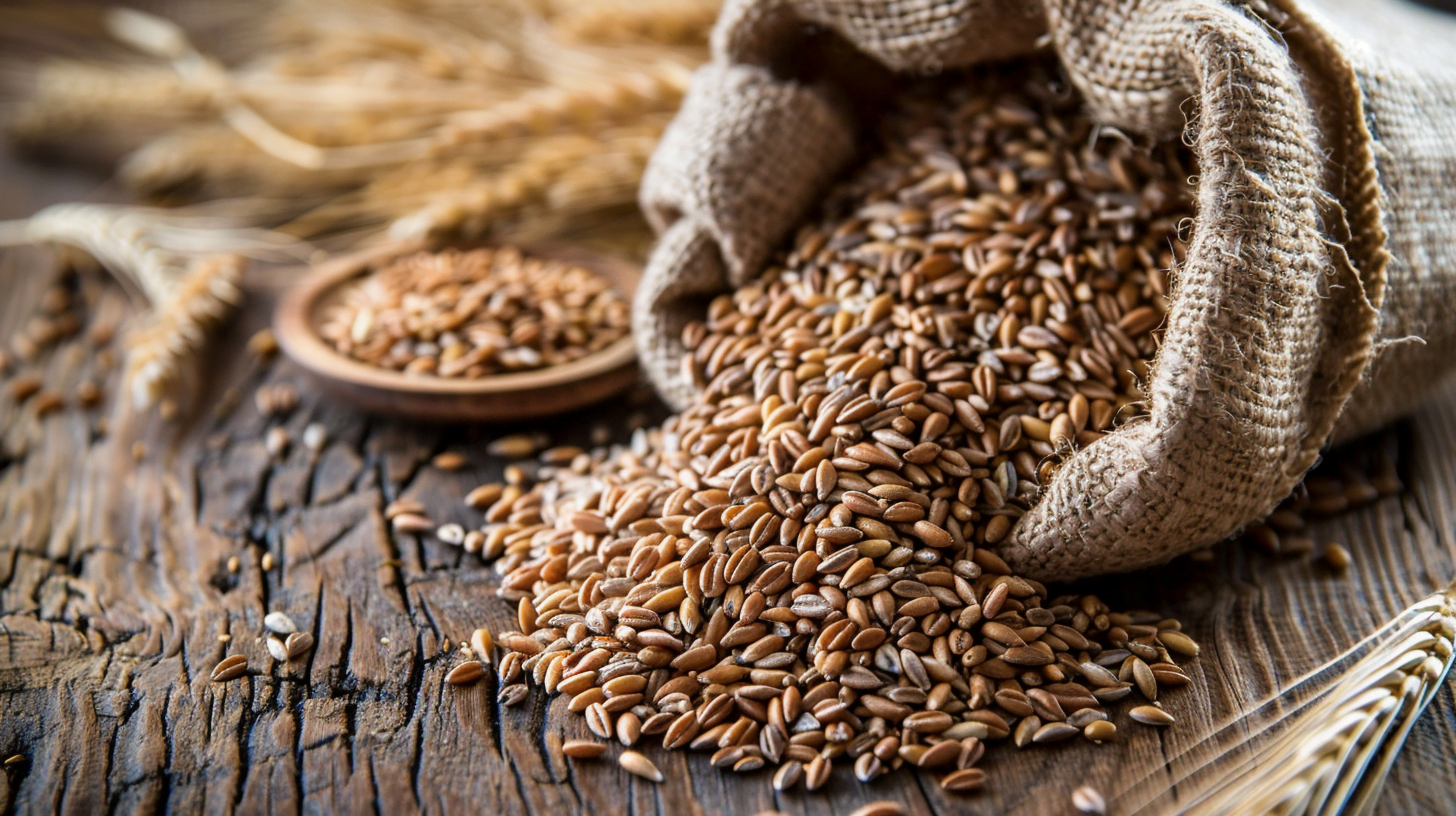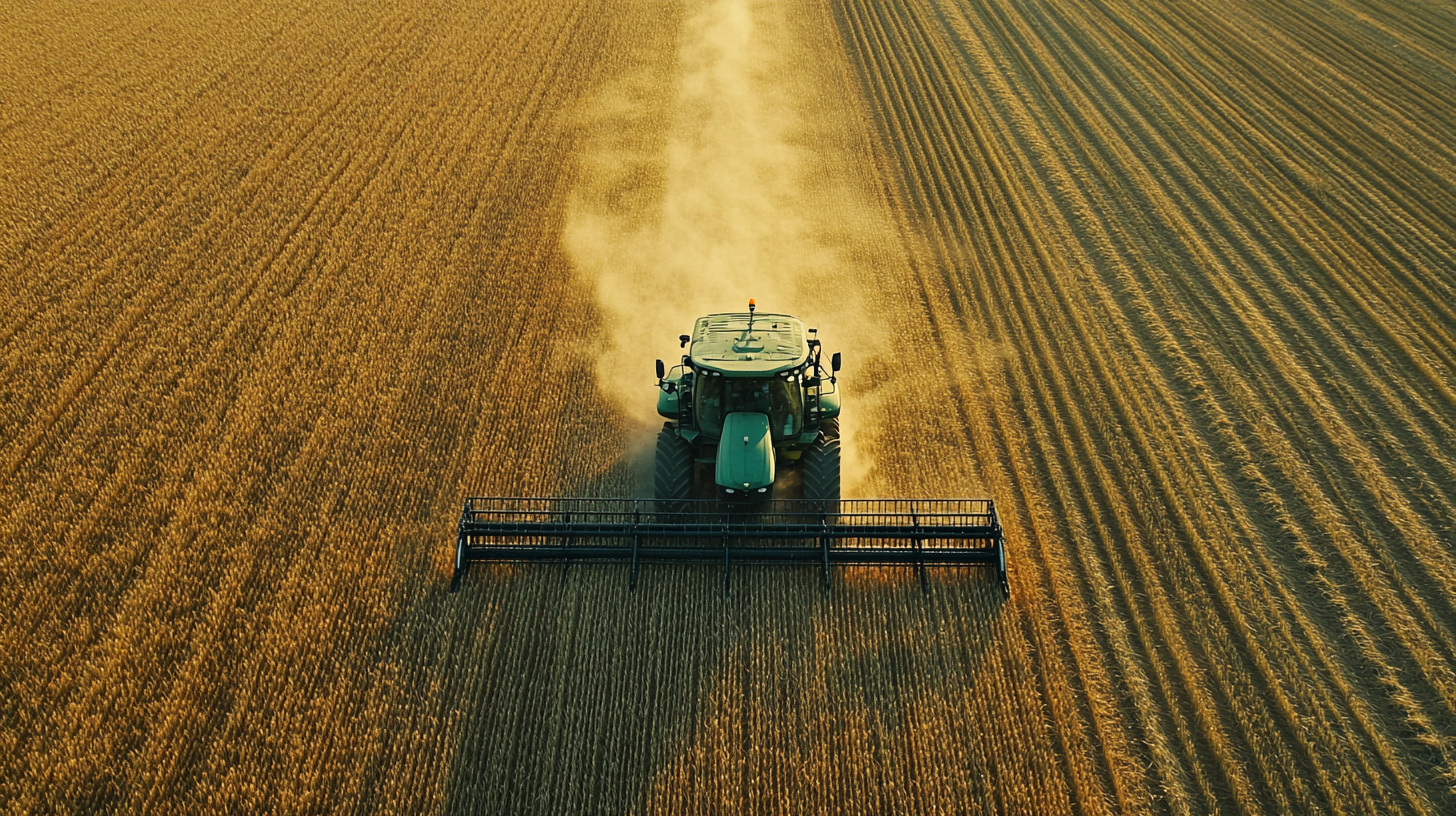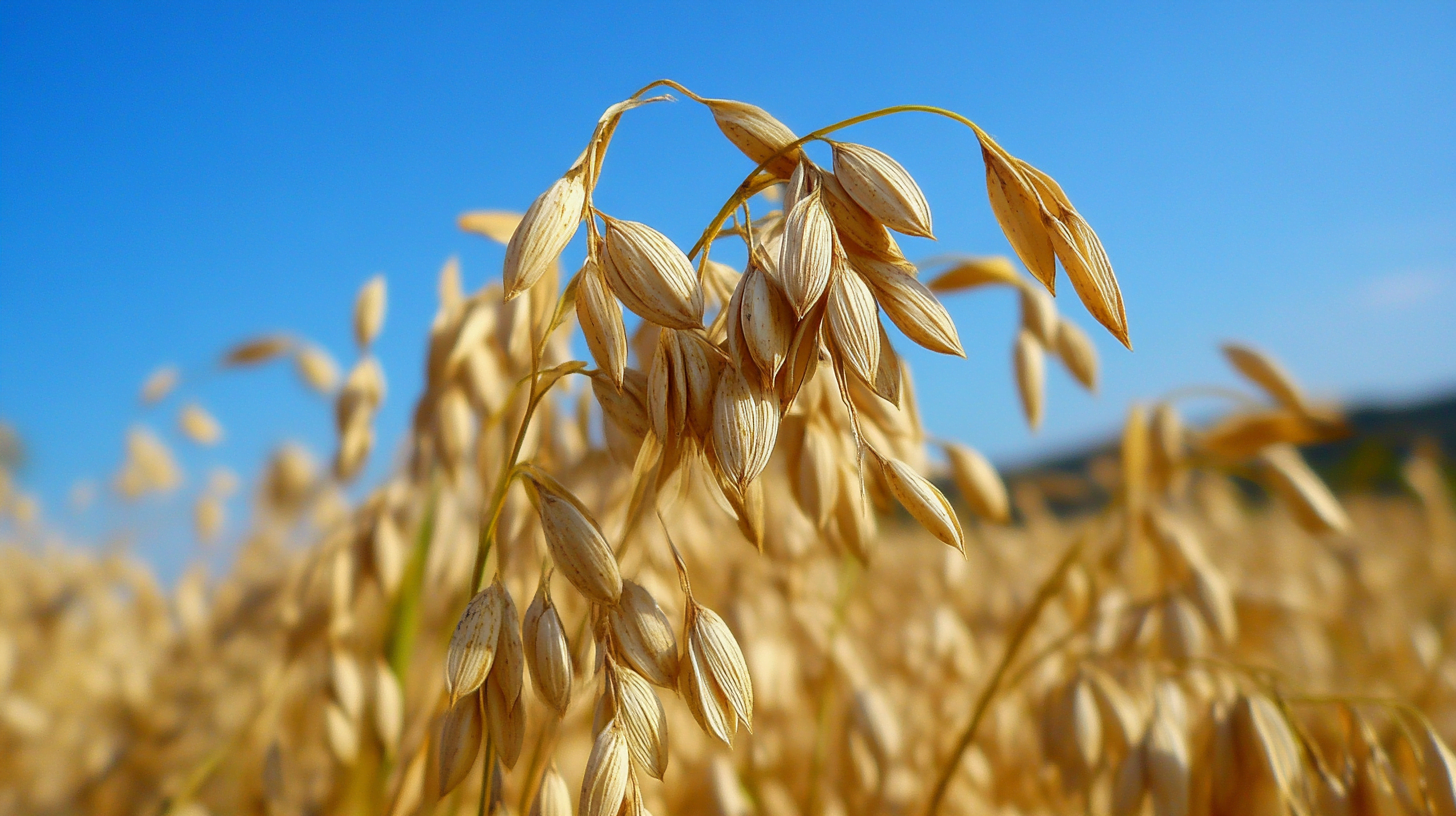Table of Contents
Rye, a hardy cereal grain closely related to wheat and barley, has been a staple food in many parts of the world for centuries. Its unique flavor, nutritional profile, and versatility have made it a popular choice for bread, alcohol, and animal feed. In this article, we’ll explore which countries consume the most rye and the factors that influence their consumption patterns.
What is Rye?
Rye (Secale cereale) is a grass grain that thrives in cold climates and poor soil conditions. Compared to wheat, rye grains are longer, slimmer, and darker in color. Rye is known for its distinctive earthy, slightly sour taste and dense texture when used in baking.
Nutritional Profile of Rye (per 100g):
| Nutrient | Amount |
|---|---|
| Calories | 338 kcal |
| Protein | 14.8 g |
| Fat | 2.5 g |
| Carbohydrates | 75.9 g |
| Fiber | 14.6 g |
Rye is a good source of fiber, protein, and various vitamins and minerals, making it a nutritious addition to a balanced diet.
History of Rye Cultivation and Consumption
The domestication of rye dates back to around 400 BCE in central and eastern Turkey. From there, it spread throughout Europe and Asia, becoming a major crop in regions with harsh climates and poor soil quality. In medieval Europe, rye was the primary bread grain for the lower classes, while wheat was reserved for the wealthy.
Rye has been used in various traditional foods and beverages, such as:
- Dense, flavorful rye breads like pumpernickel and Jewish rye
- Crispbreads and crackers
- Rye whiskey and other distilled spirits
- Kvass, a fermented rye beverage popular in Eastern Europe
Top Rye Consuming Countries
According to data from the Food and Agriculture Organization (FAO), the following countries have the highest per capita rye consumption:
- Belarus – 20.5 kg per capita per year
- Rye bread, both light and dark varieties, is a staple in Belarusian cuisine.
- Traditional dishes like “kislye shchi” (sour rye soup) and “babka” (sweet rye bread) are popular.
- Poland – 18.2 kg per capita per year
- Rye bread, known as “chleb żytni,” is an integral part of Polish cuisine and culture.
- Rye flour is used in various dishes, such as “żurek” (sour rye soup) and “pierogi” dumplings.
- Finland – 15.8 kg per capita per year
- Rye is the most consumed grain in Finland, with rye bread eaten at almost every meal.
- Traditional Finnish rye breads include “ruisleipä,” “hapanleipä,” and “mämmi,” an Easter dessert.
- Denmark – 14.3 kg per capita per year
- Rye bread, called “rugbrød,” is a staple in Danish open-faced sandwiches known as “smørrebrød.”
- Danish rye bread is often made with sourdough and includes whole rye kernels.
- Russia – 12.6 kg per capita per year
- Rye bread, “rzhanoy khleb,” is a traditional staple in Russian cuisine.
- Rye flour is used in various dishes, such as “borodinsky” bread and “kvass,” a fermented rye drink.
Factors Influencing Rye Consumption
Several factors contribute to the high rye consumption in these countries:
- Climate and Agriculture: Rye thrives in cold climates and poor soil conditions, making it a suitable crop for many regions in Northern and Eastern Europe.
- Cultural and Historical Traditions: Rye has been a staple food for centuries in many European countries, deeply ingrained in their culinary heritage and traditions.
- Economic Factors: In some regions, rye may be more affordable and accessible than other grains like wheat, influencing its consumption.
- Health and Dietary Trends: Rye’s high fiber content and nutritional profile have made it an attractive choice for health-conscious consumers seeking whole-grain options.

Rye Production and Trade
Global rye production has remained relatively stable over the past decade, with an average annual production of around 13 million tonnes. The European Union is the largest producer and consumer of rye, accounting for about 80% of the world’s production and consumption.
Top Rye Producing Countries (2019):
- Germany – 3.9 million tonnes
- Poland – 2.7 million tonnes
- Russia – 1.4 million tonnes
- Belarus – 0.6 million tonnes
- Denmark – 0.5 million tonnes
International trade plays a significant role in the global rye market, with countries like Germany, Poland, and Canada being major exporters, while the Netherlands, Spain, and the United States are significant importers.
Rye in Popular Culture
Rye has left its mark on popular culture through various famous foods, drinks, and artistic depictions:
- Rye Bread: Iconic rye bread varieties like Jewish rye, pumpernickel, and Russian “borodinsky” have gained international recognition.
- Rye Whiskey: Distilled from at least 51% rye grain, rye whiskey has experienced a resurgence in popularity in recent years.
- Literature and Art: Rye has been mentioned in numerous literary works, such as J.D. Salinger’s “The Catcher in the Rye,” and has been depicted in paintings by artists like Vincent van Gogh.
Future of Rye Consumption
As global interest in whole grains and traditional foods continues to grow, rye consumption is expected to remain stable or slightly increase in the coming years. However, climate change poses a potential challenge for rye agriculture, as shifting weather patterns may impact crop yields and quality.
Innovative uses of rye, such as in craft beverages and specialty baked goods, may also contribute to its ongoing popularity and help maintain its place in the global grain market.

Conclusion
Rye consumption varies significantly worldwide, with countries in Northern and Eastern Europe leading in per capita intake. Cultural traditions, agricultural factors, and economic considerations have all played a role in shaping these consumption patterns.
As consumers become increasingly interested in whole grains and traditional foods, rye is poised to maintain its status as an important global crop. By understanding the factors that influence rye consumption and exploring the grain’s rich history and cultural significance, we can better appreciate its unique place in the world’s cuisine.
FAQs About Rye Consumption
- What percentage of world rye production is consumed by the top country?
- Belarus, the top rye-consuming country, accounts for approximately 4.6% of global rye consumption.
- Is rye consumption increasing or decreasing globally?
- Global rye consumption has remained relatively stable in recent years, with slight fluctuations from year to year.
- How does rye consumption compare to wheat and other grains?
- Wheat is the most widely consumed grain worldwide, followed by rice and corn. Rye consumption is significantly lower than these grains but remains important in specific regions.
- What are some health benefits associated with eating rye?
- Rye is high in fiber, which can aid digestion, promote feelings of fullness, and support healthy blood sugar levels. It also contains various vitamins, minerals, and antioxidants that contribute to overall health.
- Are there any risks or downsides to consuming too much rye?
- For most people, consuming rye in moderation is safe and beneficial. However, those with celiac disease or gluten sensitivity should avoid rye due to its gluten content. Excessive consumption of any single food, including rye, may lead to nutrient imbalances.



